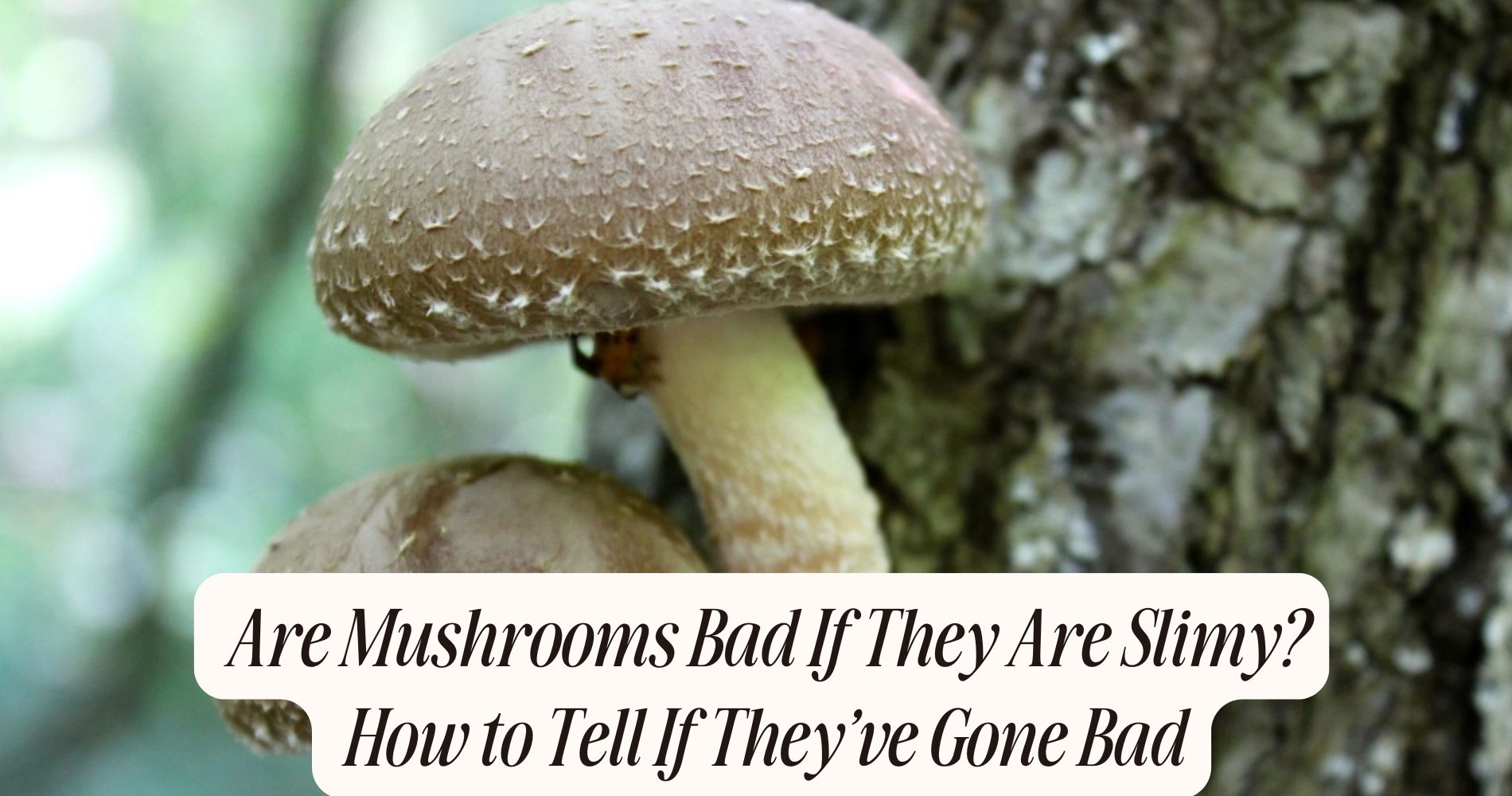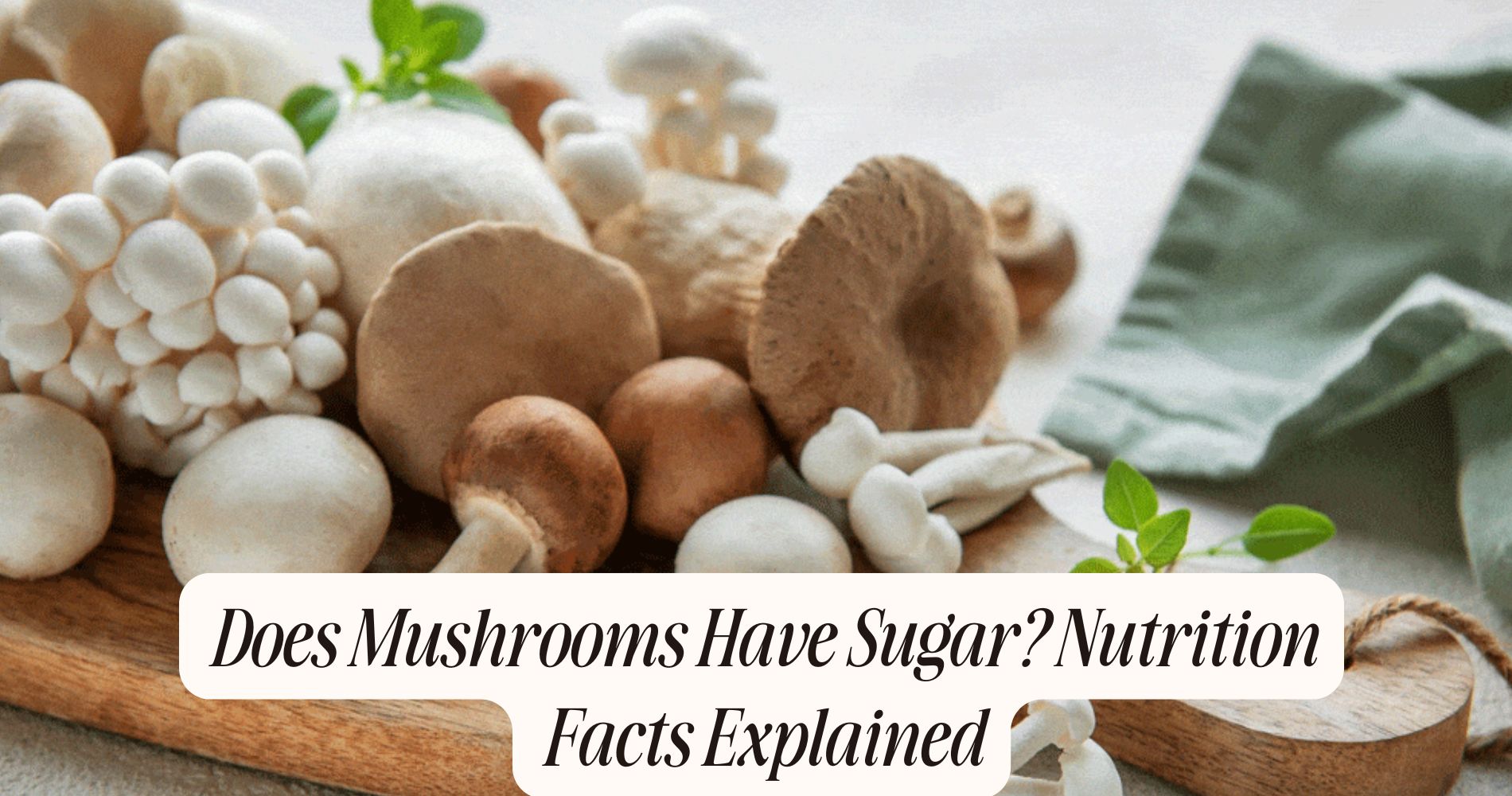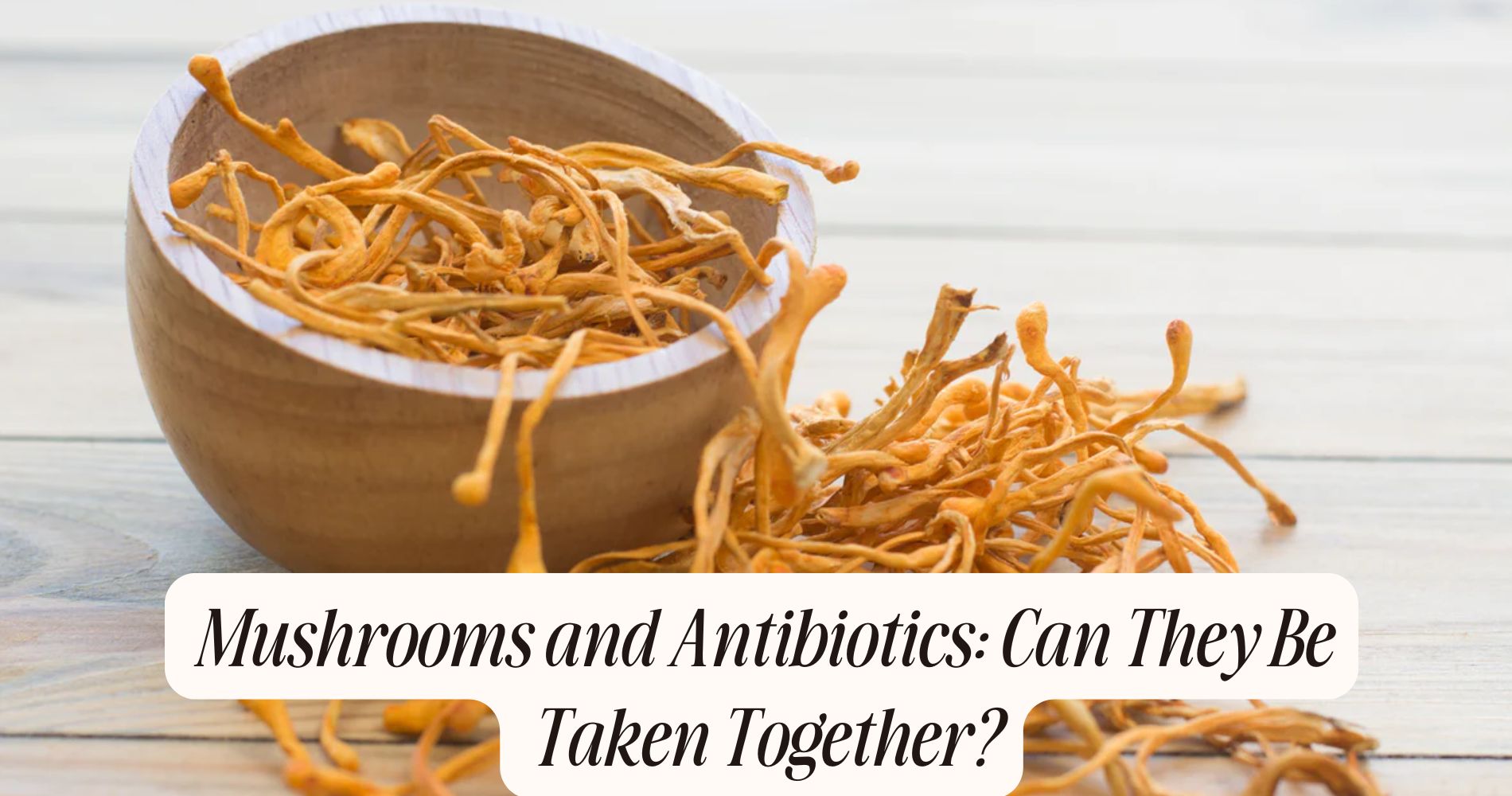
Are Mushrooms Bad If They Are Slimy? How to Tell If They’ve Gone Bad
Are mushrooms bad if they are slimy? If your mushrooms feel slimy, it's a clear sign they've gone bad and shouldn't be eaten. Fresh mushrooms should feel firm and slightly springy. Look for discoloration, dark spots, or an unpleasant odor, as these indicate spoilage. High moisture levels often cause that slimy texture, leading to quicker deterioration. Always store mushrooms in a paper bag in the fridge to maintain freshness. Want to know more about keeping your mushrooms safe and delicious?
Understanding Mushroom Textures
When it comes to mushrooms, texture plays an essential role in determining their freshness and edibility. You should always check for mushroom firmness, as fresh mushrooms feel plump and slightly springy to the touch. A firm texture indicates that they've been properly stored.
However, you may notice some texture variation among different types of mushrooms, which can affect your assessment. For example, shiitakes have a denser feel, while button mushrooms are lighter and softer.

It's important to recognize that any significant change in texture, such as excessive softness or a slimy feel, can suggest that the mushrooms are past their prime. Remember, a quick texture check can help you enjoy your mushrooms safely and deliciously.
Signs of Spoilage in Mushrooms
Although mushrooms can add a delightful flavor to your dishes, recognizing the signs of spoilage is essential for your health.
First, check for mushroom discoloration; fresh mushrooms should have a uniform, vibrant color. If you notice dark spots, browning, or an overall dull appearance, it's time to discard them.
Next, pay attention to odor changes. Fresh mushrooms have a mild, earthy smell, but if they emit a strong, sour, or off-putting scent, they've likely gone bad.
Additionally, if the texture feels overly mushy or slimy, that's another red flag. Trust your senses and err on the side of caution—it's better to avoid potentially spoiled mushrooms than risk foodborne illness.
Always prioritize your health when it comes to food safety.
The Role of Moisture in Mushroom Freshness
Moisture plays an essential role in maintaining the freshness of mushrooms, as too much or too little can greatly affect their quality.
When moisture levels are high, mushrooms can become slimy and spoil quickly, making them unappetizing. Conversely, low moisture levels can cause them to dry out, resulting in a tough texture and diminished flavor.

To assess freshness indicators, check for a firm texture and a dry, clean surface. If you notice excessive moisture or a soggy feel, it's a sign that the mushrooms are likely past their prime.
Being mindful of the moisture levels will help you enjoy mushrooms at their best, ensuring they're safe and delicious for your meals.
Proper Storage Techniques for Mushrooms
To guarantee mushrooms stay fresh and safe to eat, it's crucial to use proper storage techniques. First, always refrigerate your mushrooms. The ideal temperature is between 34°F and 38°F.
For mushroom refrigeration tips, place them in a paper bag rather than plastic, as this allows for better airflow and moisture control. Avoid washing them until you're ready to use them, as excess moisture can lead to spoilage.
When it comes to ideal storage containers, consider using a breathable container or a perforated plastic bag. These options help prevent condensation buildup, which can cause sliminess.
Always check your mushrooms regularly, and discard any that show signs of spoilage, such as a slimy texture or off smell.
Identifying Safe vs. Unsafe Mushrooms
How can you tell if a mushroom is safe to eat? Start by identifying edible varieties, such as button, shiitake, and portobello. These mushrooms typically have firm, smooth caps and a pleasant aroma.
Avoid mushrooms that are slimy, have dark spots, or exhibit unusual colors, as these signs may indicate spoilage or potential toxicity. Be cautious of toxic species like the death cap or fly agaric, which can cause severe illness.

If you're foraging, always consult a reliable guide or expert; don't rely on folklore. When in doubt, it's best to err on the side of caution—never consume mushrooms unless you're absolutely sure they're safe.
How to Clean Mushrooms Correctly
After verifying you've selected safe mushrooms, the next step is to clean them properly before cooking.
Start by using a damp paper towel or a soft brush as your cleaning tools. These cleaning methods effectively remove dirt without soaking the mushrooms, which can make them soggy.
If you encounter stubborn debris, gently rinse them under cold water, but do this briefly to minimize water absorption. Always remember to dry them immediately with a clean towel.
Avoid soaking mushrooms, as they're porous and can absorb excess moisture, affecting their texture and flavor.
Properly cleaned mushrooms not only taste better but also provide a safer cooking experience. Following these steps will help you maintain the quality of your mushrooms.
Best Practices for Cooking Mushrooms
While cooking mushrooms can elevate any dish, it's crucial to follow best practices to guarantee they maintain their flavor and texture.
First, choose the right sautéing techniques; use a hot pan with oil to quickly seal in moisture and enhance their natural umami. Avoid overcrowding the pan, as this can lead to steaming rather than sautéing.
When it comes to flavor pairing, consider combining mushrooms with garlic, thyme, or fresh herbs to create depth. Always cook them until they're golden brown, which intensifies their flavor.
Finally, remember to season wisely with salt, but do so towards the end of cooking to prevent moisture loss. These strategies will ensure your mushrooms shine in every dish you prepare.
When to Seek Professional Advice on Mushrooms
Cooking mushrooms can be a delightful experience, but it's important to know when you should seek professional advice, especially if you're unsure about their safety.
If you suspect mushroom toxicity—whether from wild mushrooms or improper storage—don't hesitate to consult an expert. Signs of potential toxicity include unusual discoloration, strong odors, or a slimy texture.
If you've consumed mushrooms and experience symptoms like nausea, vomiting, or abdominal pain, seek medical help immediately.
Additionally, if you're foraging for wild mushrooms, it's wise to consult a professional beforehand to avoid dangerous mistakes.
Elevate Your Wellness with SUPER MUSHROOM GUMMIES
If you're looking for an easy and delicious way to enjoy the benefits of mushrooms, Well Gummies' SUPER MUSHROOM GUMMIES are the perfect solution. Packed with 10 powerful functional mushrooms, including reishi, these vegan gummies provide calmer energy, sharper focus, and immune support—all in a convenient, chewable form. Plus, they taste like fresh wild berries, as delicious as your favorite candy, without the jitters or crash. Fuel your body and mind naturally and shine all day with Well Gummies!
Frequently Asked Questions
Can I Eat Mushrooms With a Slight Slime if They Smell Fine?
If mushrooms have a slight slimy texture but smell fine, you might be okay eating them. However, always prioritize mushroom safety; if you're uncertain or they look questionable, it's best to discard them.
How Long Do Mushrooms Typically Last in the Refrigerator?
Mushrooms typically last about 5 to 7 days in the refrigerator. For ideal mushroom storage, keep them in a breathable container, avoid moisture, and check regularly for freshness to guarantee they remain safe to eat.
What Types of Mushrooms Are Most Prone to Spoilage?
Common mushroom varieties like button, shiitake, and portobello are prone to spoilage. Look for spoilage indicators such as sliminess, discoloration, or an off smell to guarantee you're consuming fresh mushrooms. Always check before using.
Can Cooking Slimy Mushrooms Make Them Safe to Eat?
Cooking slimy mushrooms doesn't assure safety. While some cooking techniques can kill bacteria, if mushrooms show signs of spoilage, it's best to discard them to safeguard your health and maintain mushroom safety.
Should I Discard Mushrooms if They Have Dark Spots?
If you notice dark spots on your mushrooms, it's a sign of potential spoilage. While not always harmful, it can affect mushroom freshness. When in doubt, it's safer to discard them for your health.
Conclusion
In conclusion, slimy mushrooms can indicate spoilage, so it's best to err on the side of caution. Always check for other signs of freshness, like color and smell, before consuming. Proper storage and cleaning can extend their shelf life, ensuring you enjoy them safely. If you're ever uncertain about mushroom safety, don't hesitate to consult a professional. Your health is paramount, and it's better to be safe than sorry when it comes to mushrooms.




